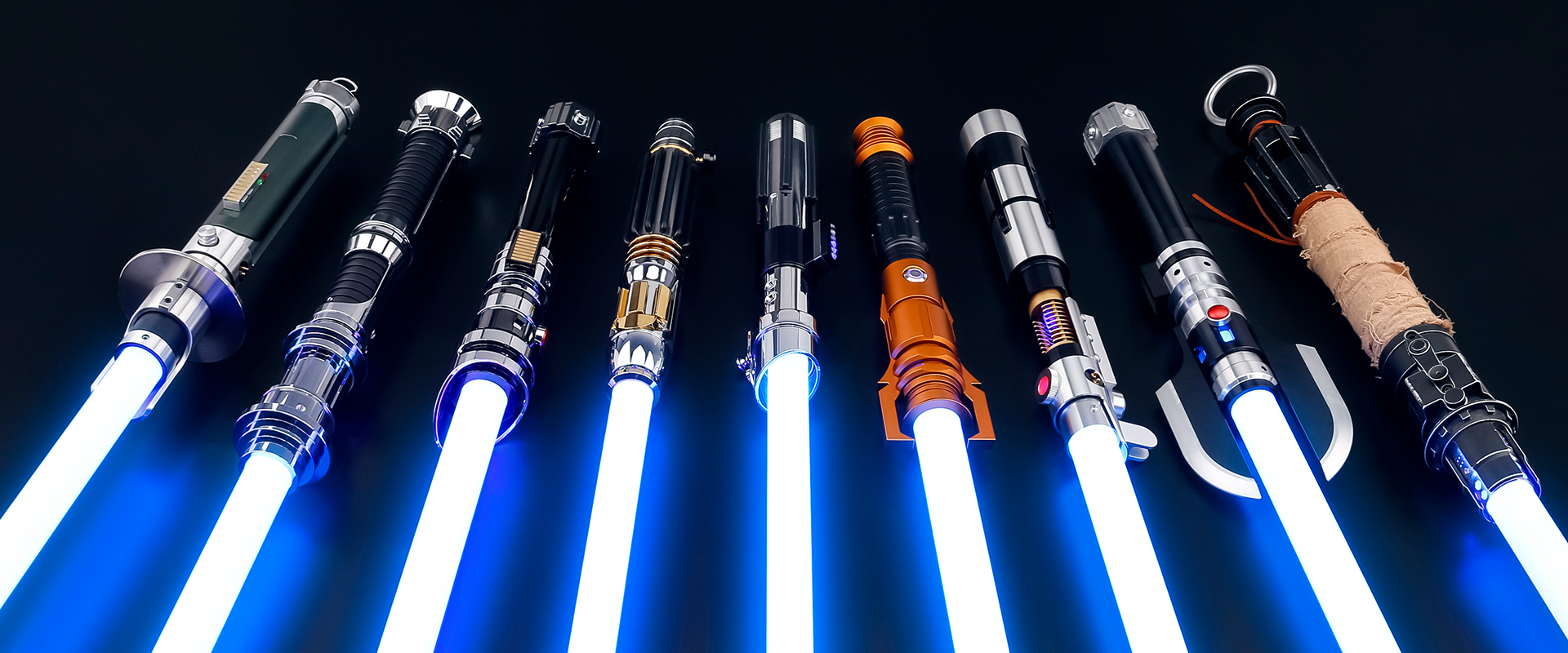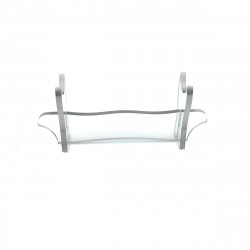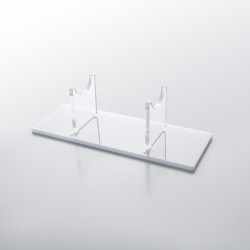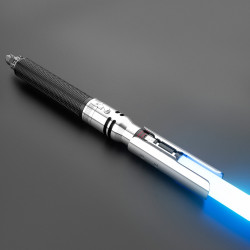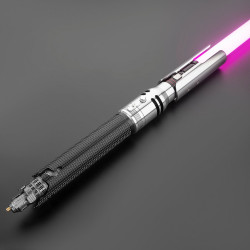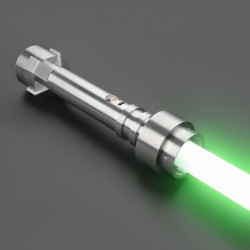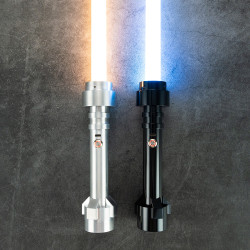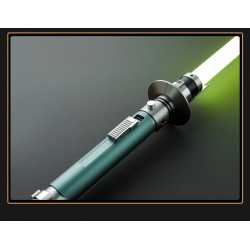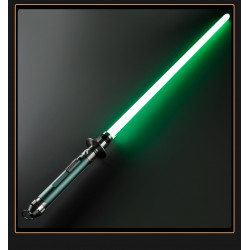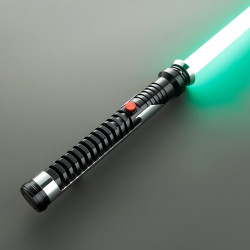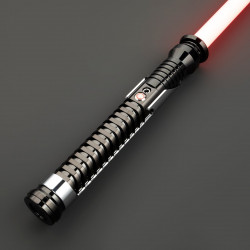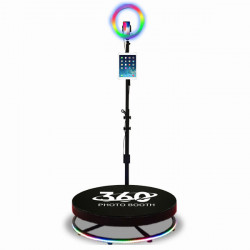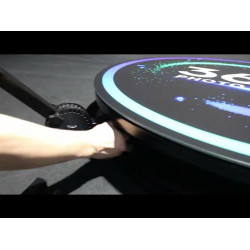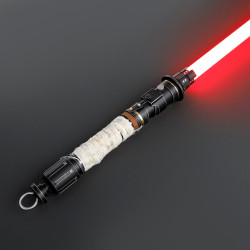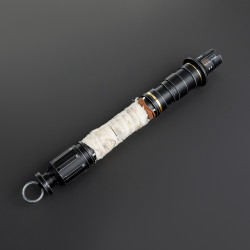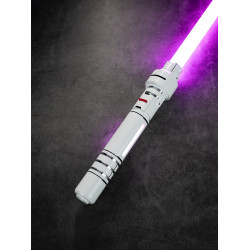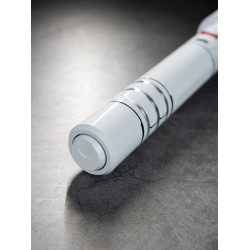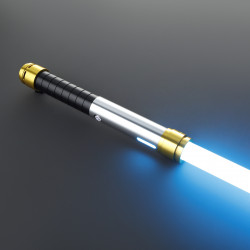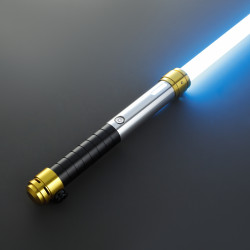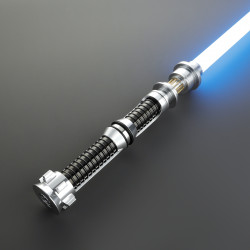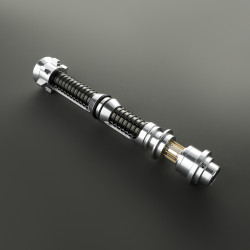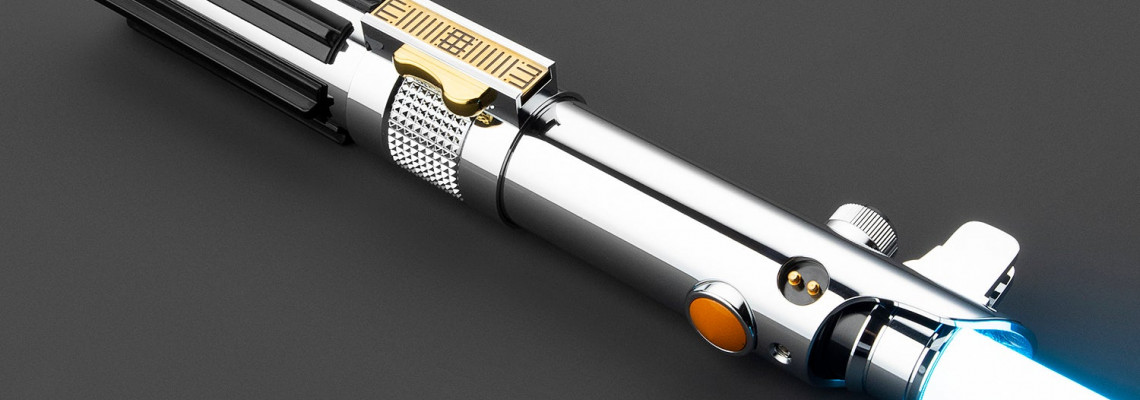
Lightsaber Components: Understanding the Basics
The lightsaber is a rather essential piece of equipment at first view. Your hand reaches for the handle of a lightsaber. You strike your opponent with the handle, which is located at one end of a protrusion that resembles a blade. But as many users quickly discover, a variety of factors can influence a lightsaber's performance, feel, and style.
There are a number of lightsaber parts whose use is not immediately apparent from their name, making them ideal for novice Jedi or Sith trainees or blade wielders who want a refresher. In any case, what exactly does an "emitter" emit? And shouldn't the thing on which Olympic gymnasts dance be a "pommel"? Here is a quick overview of the different lightsaber components and how they work for beginners.
The Lightsaber Hilt
The lightsaber's handle is known as the hilt or body. It's what you hold in your hand as you swing the lightsaber. A lightsaber switch (to turn the blade on and off) and a choke point (the narrowest area of the hilt) are standard features of lightsaber hilts, which come in a variety of forms. Aside from some pragmatic factors like the user's hand size, choosing the ideal hilt is primarily a question of personal preference. The soundboard and other electrical parts are likewise housed in the hilts of ultra-sabers.
The Lightsaber Blade
This is the slender, light-filled cylinder that is used to hit targets or adversaries. Lightsaber blades, which are available in different lengths from Ultra-sabers, are constructed from durable polycarbonate tubing with film inside to enhance illumination. There are two types of blades: Mid-Grade (excellent for showcasing vibrant colors) and Heavy Grade (ideal for sparring). See our guide on dueling lightsabers to find out more about the distinctions between the four varieties of blades.
The Lightsaber Emitter
This lightsaber part, attached to the "top" of the hilt, firmly grips the blade where it joins the body, stabilizing it. Windows are carefully cut openings in certain lightsaber emitters that let the blade's light shine through. Optional emitter elements include claws and blades. These emitter choices are mainly decorative and might not be appropriate for lightsaber combatants, particularly those who compete.
The Lightsaber Pommel
This is the knob-like "cap" located at the hilt's bottom, which is the end opposite the one to which the emitter is attached. Although it can help balance the lightsaber's weight and keep the user's hand from slipping off the end of the hilt during combat, it is primarily decorative. Vents on many lightsaber pommels allow the soundboard's audio effects to be heard more clearly.
The Lightsaber Coupler
Two lightsaber hilts can be joined together with the openings at either end of this tiny, cylindrical component. The chosen weapon of Darth Maul and other famous figures in the Star Wars universe, the double-bladed lightsaber (or staff), is created when the hilts are joined in this way. A unique variation known as the "quick-release" coupler was designed to allow the user to connect or disconnect the joined lightsabers quickly. A lightsaber part that is only required for the majority of double-blade sabers is the coupler.
Custom Lightsaber Parts: What About Blade Color?
One of a lightsaber's internal components is the hue of the blade. According to legend, a Force wielder's impact on or attunement to a lightsaber crystal determines the hues of the blade. This might signify a classic green or blue lightsaber, as well as a number of other unusual and rare hues, to many Jedi. This could refer to a crimson red lightsaber, which in the current Canon is the consequence of a Sith bleeding a lightsaber crystal for Dark Jedi or Sith Lords. But it's up to you what you decide. Choose a lightsaber from our collection and customize the color that appeals to you.
